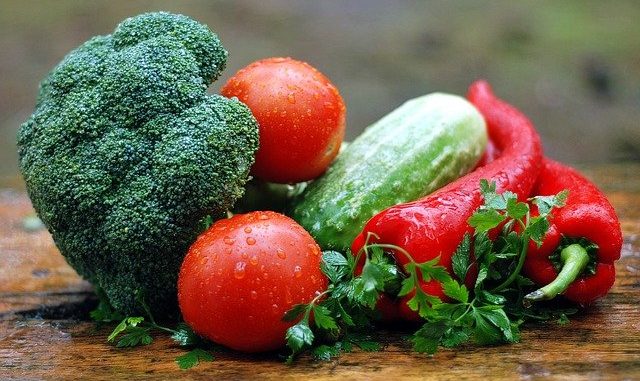
Starch is an important storage carbohydrate in plants and a critical nutritional source of sugars for animals. Resistant starch is measured because it is an important dietary fiber component. This is the sum of the starch and the products of starch degradation not absorbed in the small intestine of individuals. There are many different types.
Measurement of Total Starch (TS)
Total starch content in most foods such as cereals, tubers, vegetables, ready-made products etc. is often determined using the method of Goñi et al (1996). If samples contain too much fat for example, they are defatted with absolute ether prior to analysis.
Samples (50mg) are suspended in 2M KOH (potassium hydroxide) to disperse the starch and shaken at room temperature for 30 minutes. The samples are incubated at 60ºC for 45 minutes at pH 5.0 in a 1 ml solution of amyloglucosidase (AMG) ( 300 U/ml, Sigma 10113) to hydrolyse the starch.
The free glucose released is determined using a glucose oxidase method.
Total starch is calculated as glucose (g) x 0.9 (g/100g).
Corn starch is the reference standard in most cases.
Measurement of Resistant Starch
The Resistant Starch (RS) in a sample is measured using procedures by Goñi et al., (1996) and Akerberg et al., (1998).
The samples are incubated at 40C for 60 minutes at pH 2.0 in a 1 mL solution of pepsin (10mg/mL) to hydrolyse and remove pepsin. A 0.1 mL aliquot of alpha-amylase is added (40mg/mL) and the sample incubated at 37C for 16 hours at pH5.0 to hydrolyse digestible starch.
The residue is treated with 2M KOH to solubilise the resistant starch (RS) and then incubated at 60C for 45 minutes at pH 5.0 with amyloglucosidase (140 U/ml) in 80 mL to hydrolyse the solubilized resistant starch.
The glucose content is then measured as a measure of the resistant starch.
The AOAC method to use is 2002.02 (McCleary et al., 2002a,b) which uses assay kits. Free glucose is measured again using enzymatic methods [glucose oxidase/peroxidase/ABTS] with absorbance measured at 510nm. The total RS is calculated ny multiplying the measured free glucose with a conversion factor of 0.9. Resistant Starch Control Flours (K-RSTCL) are the reference material.
References
Akerberg, A.K., Liljeberg, H.G., Granfeldt, Y.E., Drews AW, Bjorck, I.M. (1998) An in vitro method, based on chewing, to predict resistant starch content in foods allows parallel determination of potentially available starch and dietary fiber. J. Nutr. 98 pp. 651-60
Goñi, I., García-Diz, L., Mañas, E., Saura-Calixto, F. (1996) Analysis of resistant starch: a method for foods and food products. Food Chem. 56: pp. 445-9 (Article)
McCleary, B. V., McNally, M., & Rossiter, P. (2002a). Measurement of resistant starch by enzymatic digestion in starch and selected plant materials: collaborative study. Journal of AOAC International, 85(5), pp. 1103-1111.
McCleary, B. V., & Monaghan, D. A. (2002b). Measurement of resistant starch. Journal of AOAC International, 85(3), pp. 665-675.
Leave a Reply